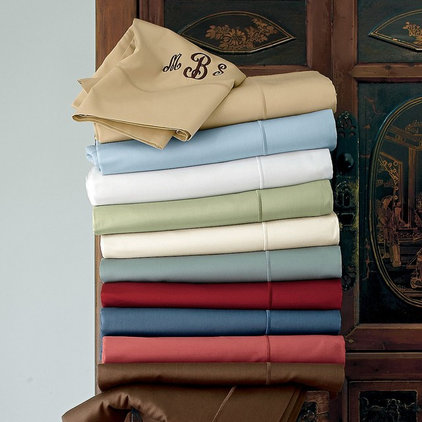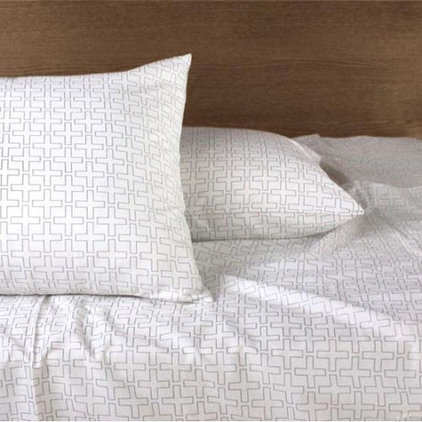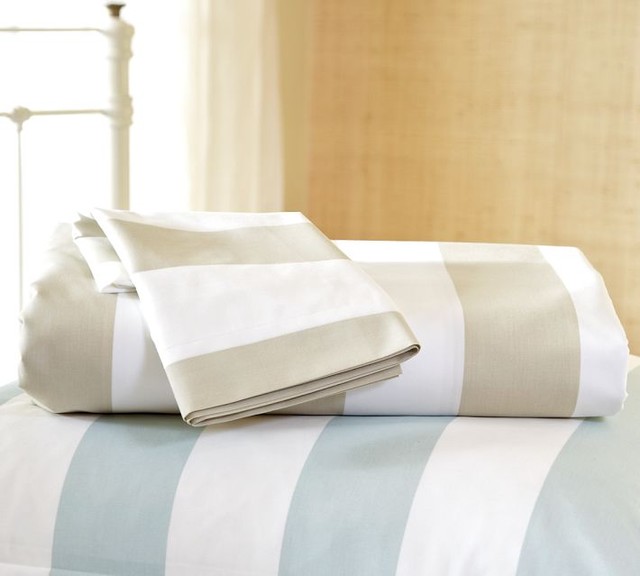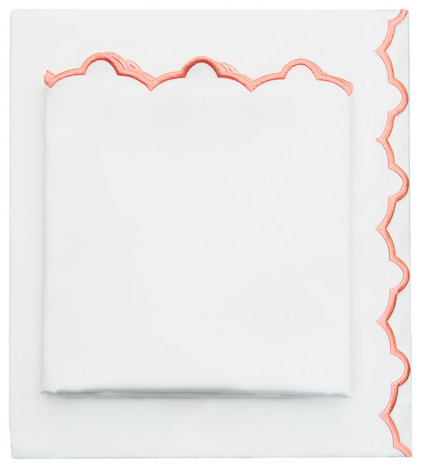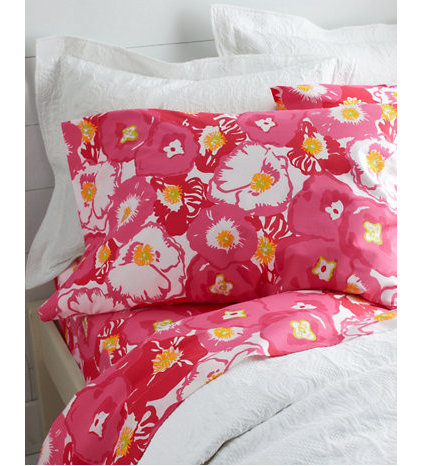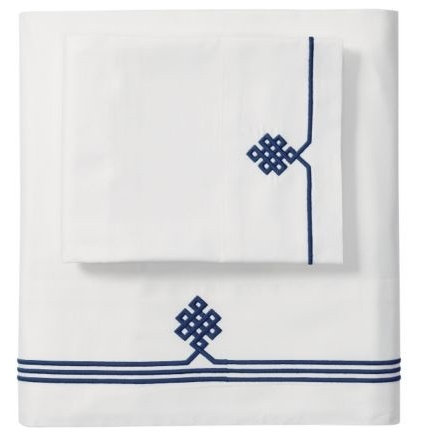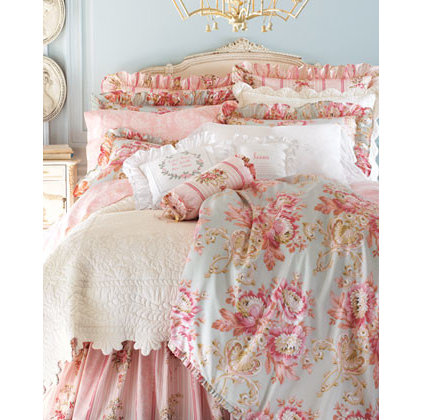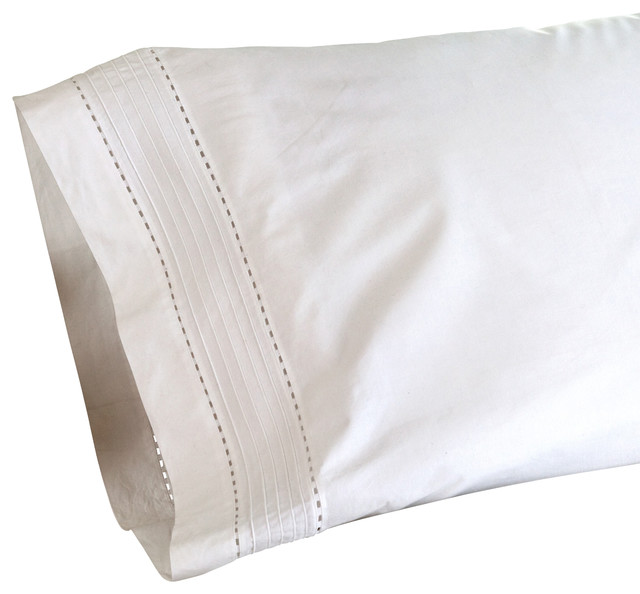How to Choose the Perfect Bedsheets
The sheer variety of sheets on the market, however, can throw you for a loop when you're shopping. Here are our top pointers to help you decode the labels and choose the sheets that will suit you best.
Related: How to pick the right pillow
|
Material
Back in the day, most sheets on the market came in cotton and ... cotton. And it's still the most popular sheeting fabric, due to its durability, comfort and breathability. Cotton both traps heat and lets cool air pass through in summer, so it's a great choice for almost any climate. It can be blended with rayon and other materials that affect its weight and feel. As with any sheets you buy, do a hand test to gauge how you like these blends. |
|
Egyptian, pima and Sea Island
cottons are the gold standard, so look for those terms on the packaging
and check to be sure the fabric is 100 percent that material. Some
growers use the term "Egyptian cotton" loosely, however — true Egyptian
cotton is grown and processed according to specific stipulations. Be
sure you're buying from a quality manufacturer and again, feel the
material for softness.
|
|
Bamboo blends have become more
popular in recent years, often blended with cotton or other materials.
Because bamboo is sustainable and naturally antimicrobial, and sips up
moisture, it's well worth considering.
Linen sheets, which work well in hot climates because they wick away body heat, are another option. Just be prepared to do a lot of ironing, unless you like the wrinkled look. Although satin sheets look glam and feel romantic, they can be too warm and slippery for many people. |
|
Thread Count
With all the buzz about thread count — the number of threads in 1 square inch of fabric — it's easy to assume that higher means softer. But that's not always the case. A lower-thread-count sheet made from fibers that are softer by nature, such as Egyptian cotton, will feel silkier than a high-thread-count sheet made from a lower-quality cotton blend. |
|
All other things being equal, high
thread counts can indeed translate to increased comfort. Don't be
tempted to buy 800- or 1,000-count sheets, however; you'll do just fine
with a style in the 400 or 450 range. The extra thread count doesn't
make enough difference in feel to justify the price. In fact, the
highest-count sheets can even be stiff because so many fibers are jammed
so closely together.
|
|
by Pottery Barn
»
|
|
A broad, cheerful stripe highlights these versatile sheets, which would look especially nice in a transitional space.
|
Crisp or soft? If you like your sheets with a little snap, choose percale, which is a plainer weave than the more supple sateen. Neither is inherently better; it's a matter of personal preference.
Jersey sheets — which you probably think of as T-shirt sheets — are made with a flat knit that keeps them soft but also means they can be prone to slipping and sliding on the bed. If you live somewhere that gets extremely cold, consider nubby cotton flannel sheets, unsurpassed for keeping you toasty.
If you've ever tried to wrestle a too-small fitted sheet onto a mattress, you know how important it is to buy sheets that are the correct size. If you have a standard-size bed, such as a twin, queen or king, look for features such as elastic edging all the way around, which helps to ensure a smooth, snug fit.
And don't forget about pillowcases: If your pillows are under- or overscale (king pillows on a double bed, for instance), buy fitted sheets, flat sheets and pillowcases as separates rather than as a same-size set.
|
by Taylor Linens
»
|
|
Dressmaker details such as pintucks and hemstitching grace this crisp king-size pillowcase.
|



